LIHUE — As a bridge builder between residents and policy makers, Get Fit Kauai is helping promote healthier and safer communities across the island.
A program of the Hawaii Public Health Institute, the coalition established the Safe Routes To School (SRTS) Task Force in 2009, promoting physical activity through policy change, programs and projects.
“The reason is to create safe and fun opportunities for kids to walk and bike to and from school,” said Bev Brody, Get Fit Kauai director. “We do that by collecting data every year from every elementary school on Kauai.”
SRTS programs in Kauai have recruited schools and helped organize monthly “Walk to School Days” on the first Wednesday and Thursday of the month. For the 2016-17 school year, a total of 3,525 children and 1,063 adults across eight schools participated in the program.
The organization analyzes parent and teacher survey data to better understand how students get to school and why. After implementing Walk to School Days in 2009 at its first school, Kapaa Elementary, the data indicated significant concerns about designs of streets and intersections, plus the lack of sidewalks, crosswalks and signage.
The coalition partnered with the county’s Public Works Department to develop infrastructure improvement plans for participating schools, and several changes to improve the safety of crosswalks have already been implemented.
“We have incredible traffic congestion on our island, and some of it is related to school traffic,” said Lee Steinmetz, transportation planner with the Planning Department. “It’s kind of a vicious cycle, because the more people drive to school the less it’s safe to walk or bike to school, because there’s so many more cars on the road.”
Improvements resulting from the program include a widened sidewalk and bike path along Hardy Street, an added roundabout at Umi Street, and a flashing pedestrian crosswalk near Koloa School. Future plans include lowering a raised sidewalk near Koloa School to prevent danger from falling, improving walkways to Paanau Village, as well as other projects.
“The purpose of engineering is to look at what kind of improvements we need to do within the road right-of-way to make it safer for kids to walk and bike to school,” Steinmetz said. “We’re just trying to make it safe for people that could do it, given the health benefits for everybody.”
According to the National Safe Routes To School Partnership, 48 percent of kids walked or biked to school in 1969 if they lived within a mile of the building. That dropped to just 13 percent in 2009. Students who walk or bike to school within a mile get two-thirds of their recommended levels of physical activity for that day and tend to have better academic achievement, concentration and classroom behavior.
The success of the program can be attributed to important community partnerships. Kauai Path is offering fifth-grade students bicycle education recognized by the American Bicycle League with trained instructors in the classroom. Kauai Police Department has also offered tips for responsible pedestrians and launched campaigns to enforce driver speeds in school zones and crosswalk stops. Schools help out too, with newsletters to inform drivers how to use the drop-off and pick-up zones at their school.
The Kauai Fire Department has even created homemade signs encouraging students to walk. Support comes from others including Mayor Bernard Carvalho Jr. and Bill Arakaki, state Department of Education Kauai area superintendent, Kaiser Permanente and the state Department of Health.
“It might involve a neighborhood person talking to another neighbor about making sure their dog is not scaring kids when they’re walking by,” Steinmetz said.
The program has led successful advocacy efforts for major policy changes, including a county Complete Streets resolution in 2010, a statewide bill allocating funding from speeding tickets to counties for SRTS efforts in 2012, and a county ordinance requiring sidewalks and shorter block lengths in 2013.
The SRTS Special Fund allows each county to receive funding from surcharges on moving violations, on average about $80,000 annually for the past three years, to help with smaller projects.
“Improved pedestrian crossings or striped shoulders can be incorporated into a resurfacing project with little additional cost,” Steinmetz said. “The county looks at resurfacing projects in school zones to see if any simple, low-cost safety improvements should be included at the time of resurfacing.”
A federally funded grant program administered by the state Department of Transportation has provided the county over $1 million in funding for projects in Kekaha, Kalaheo, Koloa, Hanamaulu and Kapaa.
Through the State Transportation Improvement Program, the county can also receive federal and local funds for eligible road improvements, like Kawaihau Road where safer pedestrian crossings, sidewalks and intersection improvements are being incorporated into a larger project, based on community input.
“Kauai is leading the state in several of the areas as far as the initiative is concerned,” Brody said. “It actually benefits the entire community, not just children. You see more people walking, biking or in wheelchairs and scooters that have mobility issues.”
“It’s not just a safe route to school,” Steinmetz added. “It’s a safe route to the library, it’s a safe route to the park, it’s a safe route to all sorts of places.”
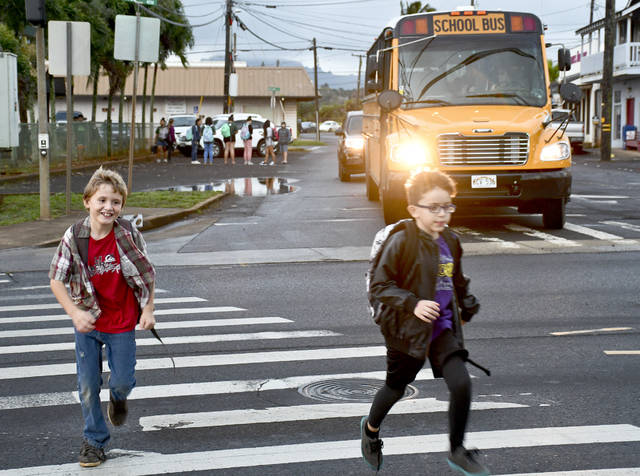

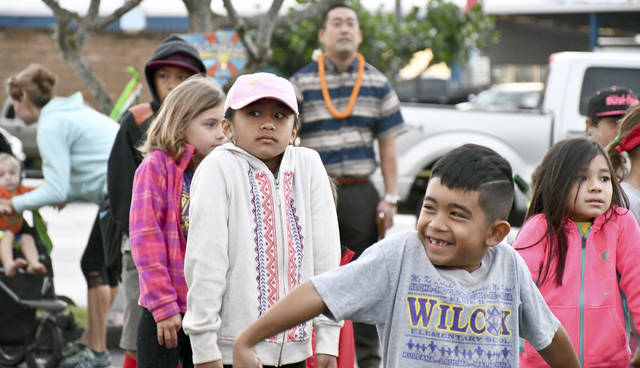
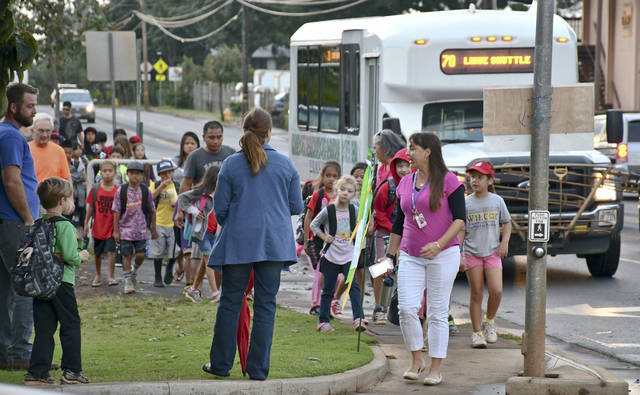

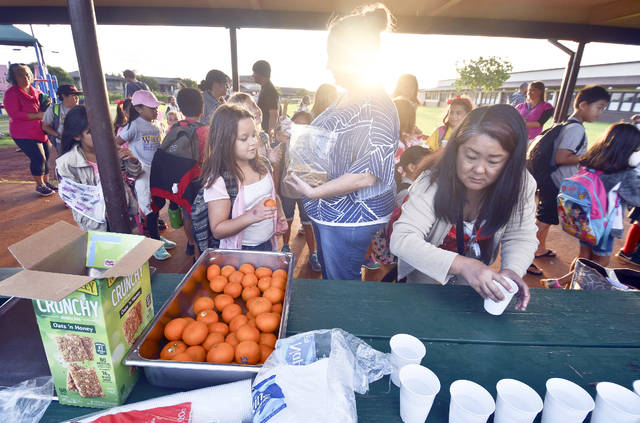
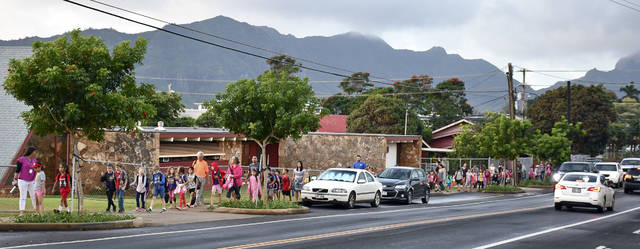





Walk to school on what? The street? Because there’s almost ZERO sidewalks on Kauai. This is ludicrous. You can’t even walk from Wailua Homesteads to ANYWHERE because of how poorly our roads have been planned and constructed. So yeah 48% kids walked to school in 1969 in places that were intelligent enough to build sidewalks- but that’s not us. The sidewalk that goes up Kawaihau Road was built by local residents- which shows just how irresponsible our leadership is. They tried to get my kids to walk down that narrow unpermitted walkway and they were dangerously close to traffic- no way! And pretty sure a car plowed into some kids walking along there. And..this is just us trying to copy some mainland programs that don’t really “fit” on Kauai. Our kids generally DO get exercise and get to play year round- so a program that works great in a city with actual sidewalks and crossing guards and all that stuff we don’t have makes sense *there*. Here, it’s just dangerous and ultimately doesn’t change anything because we all know it’s not safe for our kids to walk on the road to school.